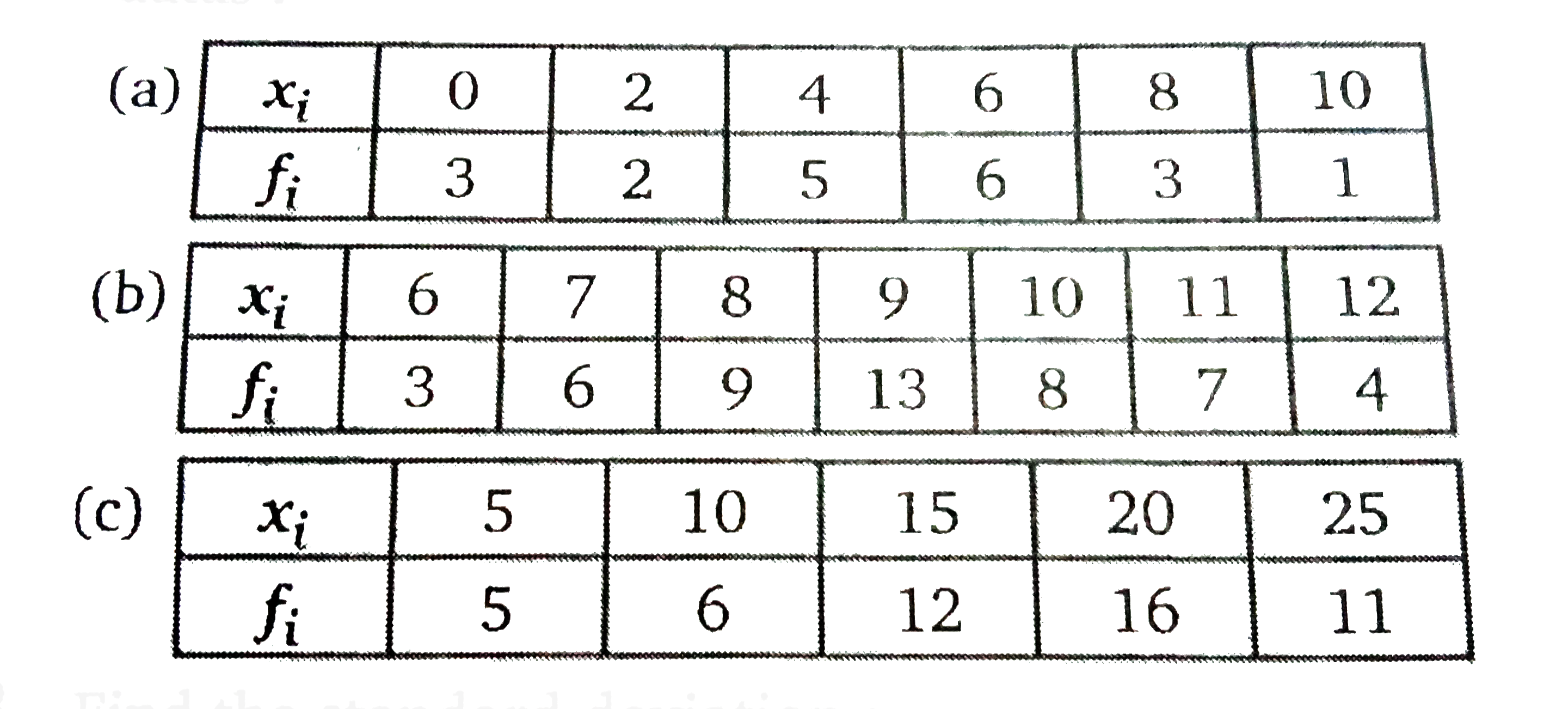An data set has a mean of 12 and a standard deviation of 2. If 5 is added to twice each data value, the new data set has
a mean of 24 and a standard deviation of 10
a mean of 24 and a standard deviation of 15
a mean of 29 and a standard deviation of 15
a mean of 29 and a standard deviation of 4
The correct Answer is:D
To solve the problem step by step, we will follow the mathematical transformations applied to the original data set.
Step 1: Understand the original data set
The original data set has:
- Mean (μ) = 12
- Standard Deviation (σ) = 2
Step 2: Apply the transformation to the data set
We are transforming each data value x in the original data set by the following operation:
y=2x+5
Step 3: Calculate the new mean
To find the new mean after the transformation, we can use the formula for the mean of the transformed data set:
New Mean=2×Original Mean+5
Substituting the original mean:
New Mean=2×12+5
New Mean=24+5
New Mean=29
Step 4: Calculate the new standard deviation
The standard deviation is affected by multiplication but not by addition. Since we are multiplying each data value by 2, the new standard deviation will be:
New Standard Deviation=2×Original Standard Deviation
Substituting the original standard deviation:
New Standard Deviation=2×2
New Standard Deviation=4
Final Answer
The new data set has:
- Mean = 29
- Standard Deviation = 4
The original data set has:
- Mean (μ) = 12
- Standard Deviation (σ) = 2
We are transforming each data value x in the original data set by the following operation:
y=2x+5
To find the new mean after the transformation, we can use the formula for the mean of the transformed data set:
New Mean=2×Original Mean+5
New Mean=2×12+5
New Mean=24+5
New Mean=29
The standard deviation is affected by multiplication but not by addition. Since we are multiplying each data value by 2, the new standard deviation will be:
New Standard Deviation=2×Original Standard Deviation
New Standard Deviation=2×2
New Standard Deviation=4
The new data set has:
- Mean = 29
- Standard Deviation = 4
Topper's Solved these Questions
Similar Questions
Knowledge Check
- Question 1 - Select One
In a normal distribution of data, 68% of data values lie within 1 standard deviation of the mean , approximately 95% of data lie within 2 standard deviations of the mean , and 99.7% of data lie within 3 standard deviations of the mean. Suppose a set of data is normally distributed with a mean of 50 and standard deviation of 2. Approximately what percent of the data values are less than or equal to 46 ?
A16B13.5C5D12.5 - Question 2 - Select One
Which of the following statements must be true ? I. The range of a data set must be smaller than its standard deviation.
II. The standard deviation of a data set must be smaller than its mean.
III. The median of a data set must be smaller than its mode.AI onlyBI and IICII onlyDnone are true - Question 3 - Select One
The mean of 100 observations is 40 and their standard deviation respectively is 10. if 5 is added to each observation then the new mean and new standard deviation will be
A40,10B40,15C50,10D45,10
Find the standard deviation for the following data
 View Solution
View SolutionFind the variance and standard deviation of the following data:
 View Solution
View SolutionIf 5 is added to each and every item of a data, then the A.M. is
View SolutionFind the standard deviation from the following data:
 View Solution
View SolutionFind the standard deviation from the following datas:
 View Solution
View Solution



